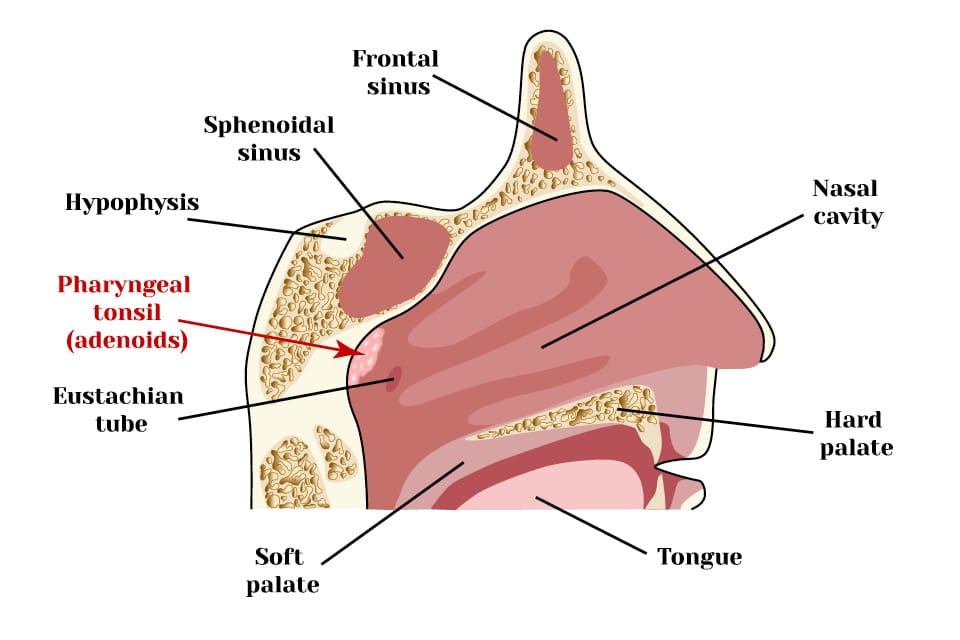Sports Related External Ear Injuries: Auricular Hematoma & Cauliflower Ear
Wrestlers, football players, boxers and other participants in contact sports often suffer injuries to the soft tissues of the face and head. Generally, these are minor bumps and bruises (contusions), but sometimes a minor appearing injury to the external ear can lead to a lifetime of disfigurement. This article is intended to educate athletes, coaches, parents, and others who might have experience with cauliflower ear or other sports injuries to the external ear (auricle) about how to identify a potentially serious injury, treatment options, and most importantly, how to avoid the injury in the first place.
 The External Ear: Form and Function
The External Ear: Form and Function
The external ear is designed to help focus sound waves as they enter the ear canal to maximize vibration of the eardrum, and thereby facilitate better hearing. As such, it is a relatively delicate structure, ill-suited to sustain significant trauma. The presence of a normal external ear is not required for hearing, but does help maximize hearing (and is also useful for supporting eyeglasses and some forms of jewelry). The external ear is made up of three basic layers of soft tissue: a core skeleton of cartilage, the perichondrium and the outer layer of skin. The skeleton of cartilage has the consistency of a thin but resilient sheet of rubber that gives the ear its characteristic shape. The cartilage has no blood supply within it, and therefore cannot aid in healing wounds. Overlying the cartilage is a layer of tissue called the perichondrium. This layer carries blood to the cartilage to provide oxygen and nutrients, which keeps the cartilage soft and pliable. The outer layer of skin is like a wrap around the cartilage and perichondrium.
Types of External Ear Injuries
Acute soft tissue injuries to the external ear include contusions, lacerations and hematomas. Contusions are basically bruises. These form as a result of blunt force directed against the soft tissue of the external ear. Small blood vessels burst under the suddenly increased pressure, creating a bruise affect with purple discoloration and soft tissue swelling. If no other injury occurs, contusions will generally heal well, with no intervention except ice, rest and over-the-counter pain relievers. It may take a visit to an otolaryngologist (ENT doctor) to distinguish a very swollen, contused ear from an auricular hematoma. These injuries require very different treatment, and if there is any doubt, an ear nose and throat doctor should be consulted (see below) within a few days of the injury.
Lacerations
Lacerations are easily identified by the bleeding. A laceration (open cut) can be very minor or involve near complete avulsion of the external ear with extensive cartilage tearing and damage. Immediately after sustaining a laceration, medical attention should be sought. Pressure should be applied to help control bleeding. As bleeding slows, if the edges of the laceration can easily be pulled apart, or they gape open, especially if cartilage can be seen (yellow in appearance), then the wound should be treated as soon as possible in an emergency room setting. If a specialist is required to repair a complex laceration of the external ear, the emergency room physician will arrange for it. Much more often, these wounds may be closed by the urgent care or emergency room physician with a skin adhesive or a few fine sutures. Local anesthesia and careful cleaning of the wound before closure is important.
Auricular Hematoma and Cauliflower Ear
Auricular hematoma is a potentially more serious injury, in many ways, than even a complex laceration of the external ear. A hematoma simply refers to a collection of pooled blood under the skin. Elsewhere in the body, hematomas generally are resorbed by the body over several weeks, and the biggest concern is to avoid infection. In the case of the external ear, however, this type of injury can lead to permanent disfigurement. Auricular hematomas occur, generally but not exclusively, after a shearing force type injury; that is to say an injury where the ear is rubbed tangentially, rather than struck perpendicularly. If you imagine two wrestlers rubbing their opposing ears together during a match or drilling, or a snugly fitting football helmet being torn off during a tackle, you can see there is ample opportunity for such an injury in these spor
Preventing External Ear Sports Injuries
Prevention of such injuries begins with wearing proper protective gear, and knowledge of how these injuries occur. All wrestlers should be instructed to wear their headgear anytime they are involved with drilling or live wrestling. Other contact sport athletes generally wear head protection which is very effective. Despite all best efforts, occasionally, as with a particularly violent tackle or a basketball player’s flying elbows, injuries will occur. At that point, if a rounded soft swelling is noted on the external ear, avoid firm pressure. Ice may be gently applied. If the soft swelling does not rapidly improve within 48-72 hours, or if it is clear there is fluid built up under the skin, an ear nose and throat specialist should be consulted to make the correct diagnosis and recommend proper treatment. This may include needle aspiration, prescription of antibiotics, as well as surgical correction.
External Ear Injury Treatment Options
Fortunately, new surgical techniques are now available which allow acute hematoma and seroma injuries to be treated in such a way that they will not progress to form permanent disfiguring cauliflower ear. This involves an incision and drainage of the fluid by a surgeon who then uses a dissolvable suture to tack the skin down to the underlying cartilage. While not perfect, this greatly improves the cosmetic result of such an injury and prevents the permanent disfigurement of cauliflower ear. Even old injuries that have already developed into cauliflower ear can in some cases be re-contoured and reshaped to improve their appearance.



